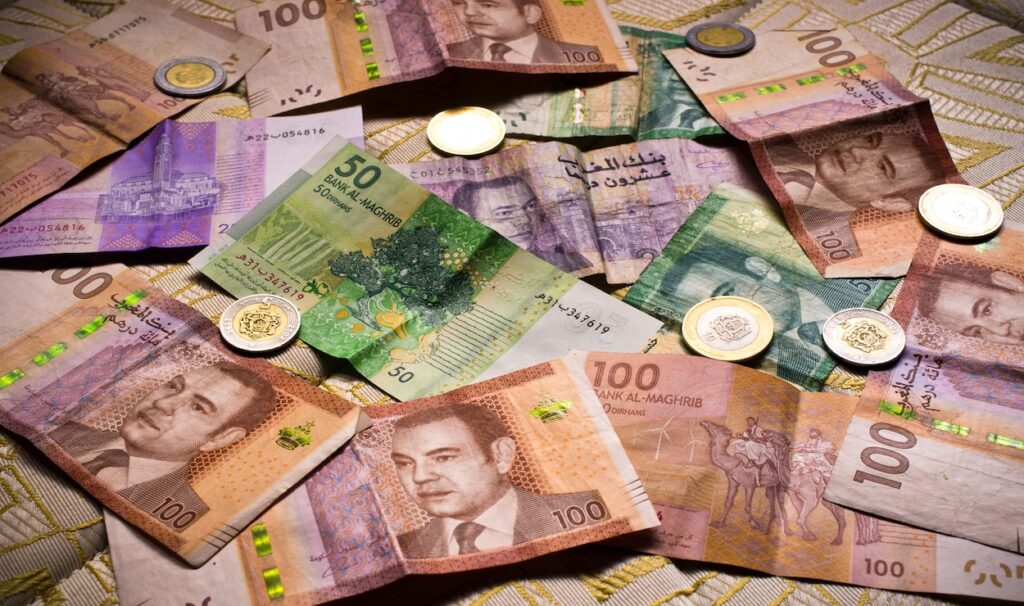Exploring Morocco Official Language and Facts about its Currency
In this article, we delve into the languages spoken in Morocco, exploring its official language and the multilingual nature that characterizes this fascinating North African nation.
Official Language:
Arabic, with its classical and modern variants, holds the esteemed status of the official language of Morocco. Classical Arabic, rooted in religious texts, is predominantly used in formal and religious contexts. Meanwhile, Modern Standard Arabic serves as the language of administration, education, and formal communication across the nation.
Berber Languages:
A significant portion of Morocco’s population speaks various Berber languages, reflecting the indigenous Amazigh culture. Tamazight, the collective term for Berber languages, encompasses numerous dialects spoken by distinct Berber communities. Efforts have been made to recognize and promote Tamazight, leading to its inclusion as an official language alongside Arabic in the Moroccan constitution in 2011. Amazigh language classes are gradually being introduced into the national education system to preserve and celebrate this integral aspect of Morocco’s cultural identity.
French:
Due to Morocco’s historical ties with France, the French language occupies a prominent place in the country. French is widely used in business, government, and diplomacy and is often employed in higher education and urban areas. The French influence is evident in street signs, official documents, and the daily lives of Moroccans, making French a valuable linguistic asset.
Hassaniya Arabic:
In the southern regions of Morocco, particularly in the Sahara Desert, Hassaniya Arabic is spoken. This Arabic dialect is deeply intertwined with the nomadic lifestyle of the Sahrawi people and reflects the unique cultural context of this arid landscape.
Facts About Morocco’s Currency
The dirham, serving as the official currency of the Kingdom of Morocco, holds a unique place in the country’s economic landscape. Comprising 100 santimat, the dirham reflects Morocco’s linguistic diversity, echoing the Arabic and French languages spoken throughout the nation. The term “santim” in Arabic corresponds to “centime” in French, while the plural form “santimat” transforms into “centimes.”
Interestingly, Morocco shares the dirham as its currency unit with other nations. The dirham is also the official currency in the United Arab Emirates, serving as a subdivision of the currency in Libya and Jordan (the dinar) and in Qatar (the riyal).
What distinguishes the Moroccan dirham from its counterpart in the United Arab Emirates is the inscription of “Bank al-Maghrib” on the front of every Moroccan banknote. This inscription serves as a clear identifier, emphasizing the role of Morocco’s central bank. In contrast, the UAE dirham is issued by the Central Bank of the United Arab Emirates.

While the banknotes offer a straightforward distinction, differentiating dirham coins can be a more nuanced task. Nonetheless, this cultural and linguistic overlap in currency usage adds a layer of complexity and richness to Morocco’s economic identity. The dirham not only facilitates daily transactions but also serves as a symbol of Morocco’s interconnectedness with other nations in the region.
Moroccan currency basics
- Currency code: MAD
- Abbreviation: DH
- Coin denominations: 1, 2, 5, and 10
- Banknote denominations: 10, 20, 50, 100, and 200
- Sentimat/centimes: 5, 10, 20, and 50
